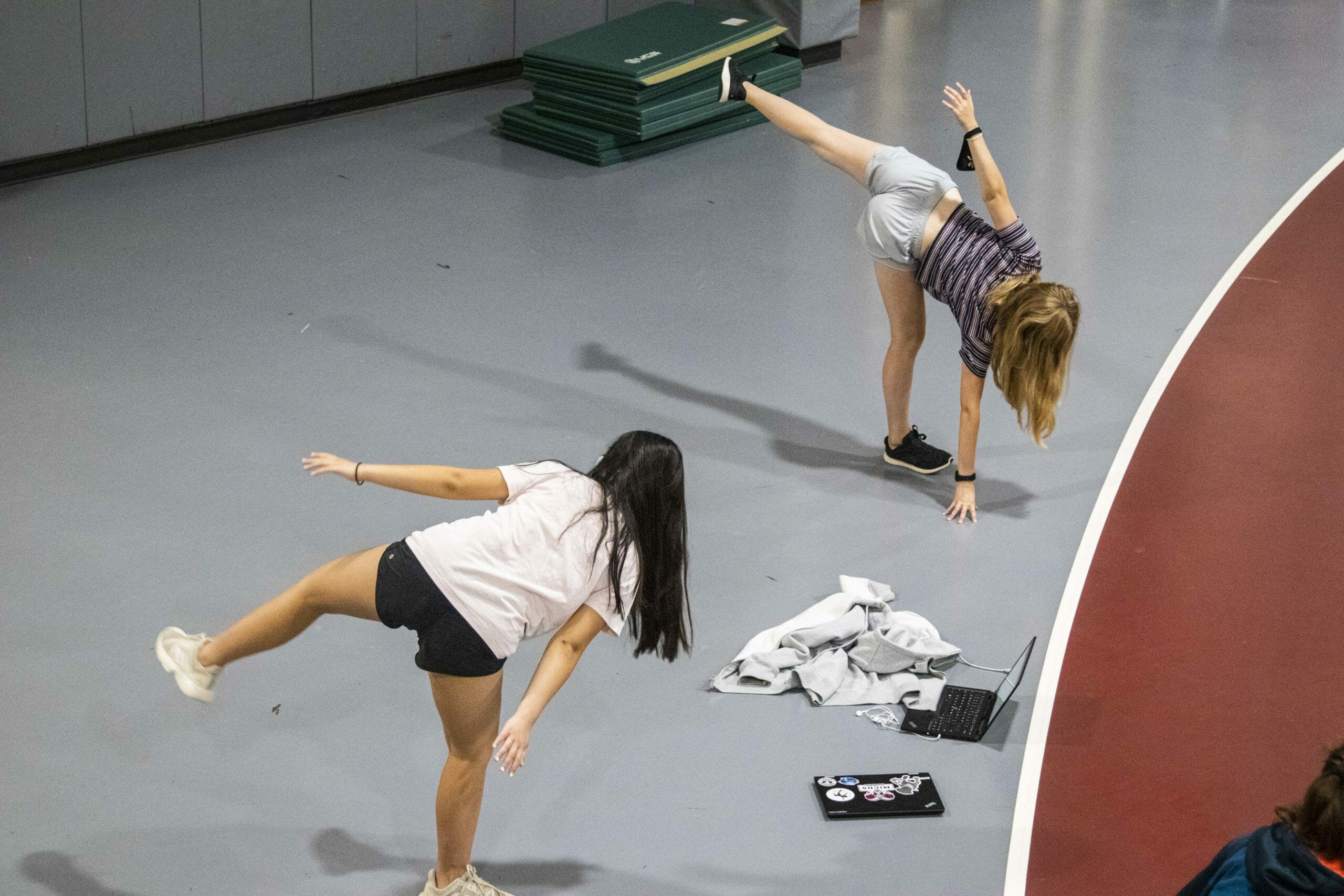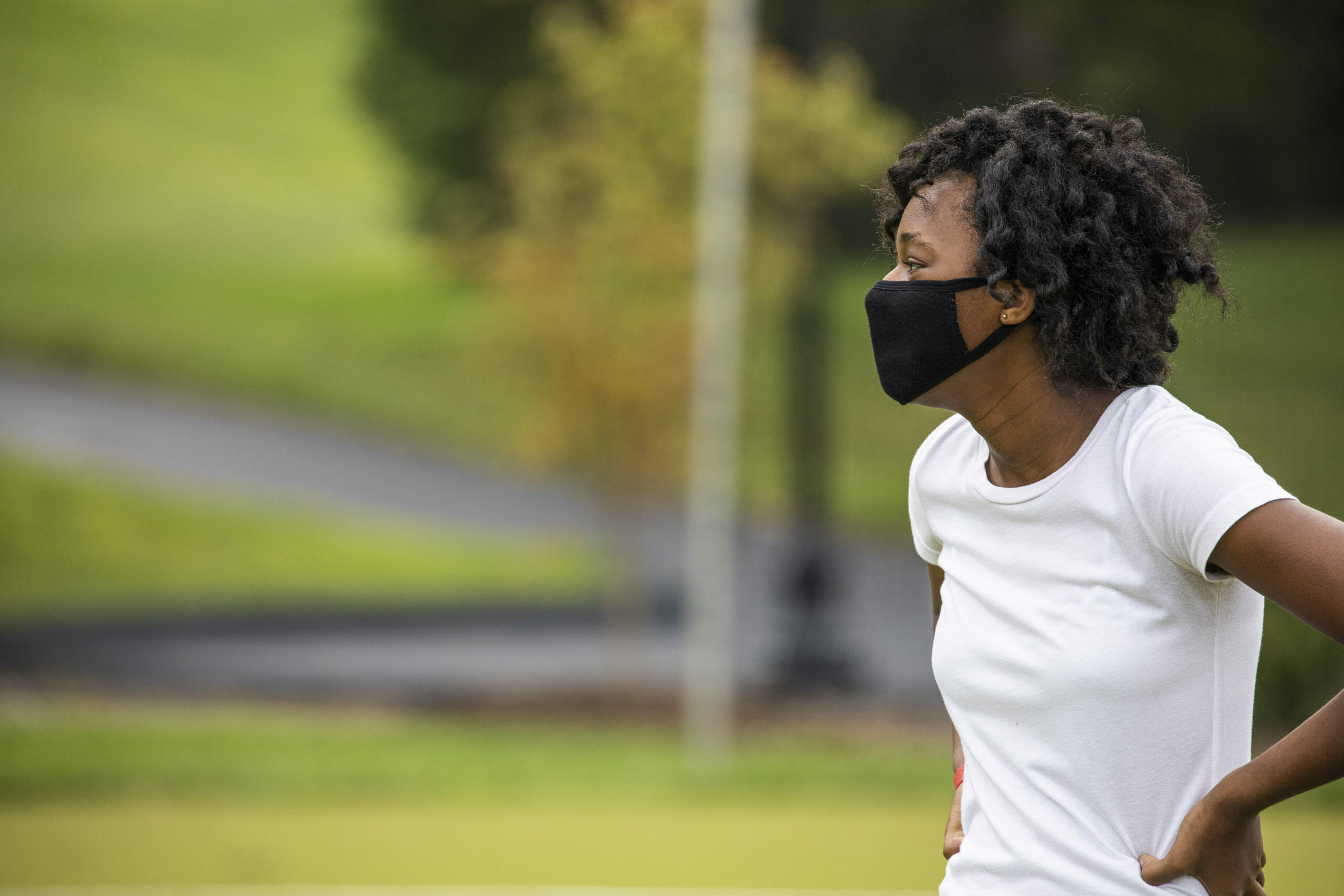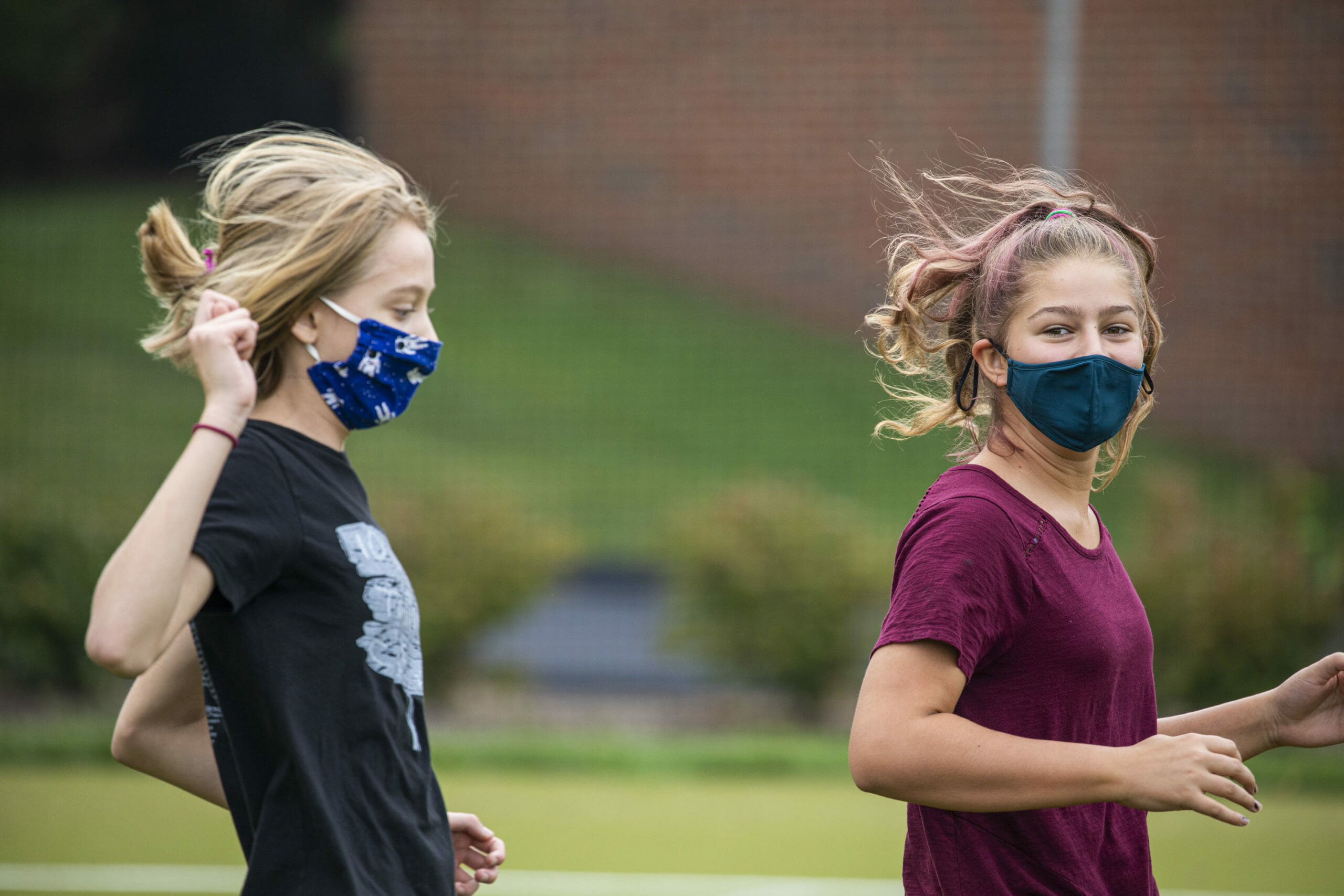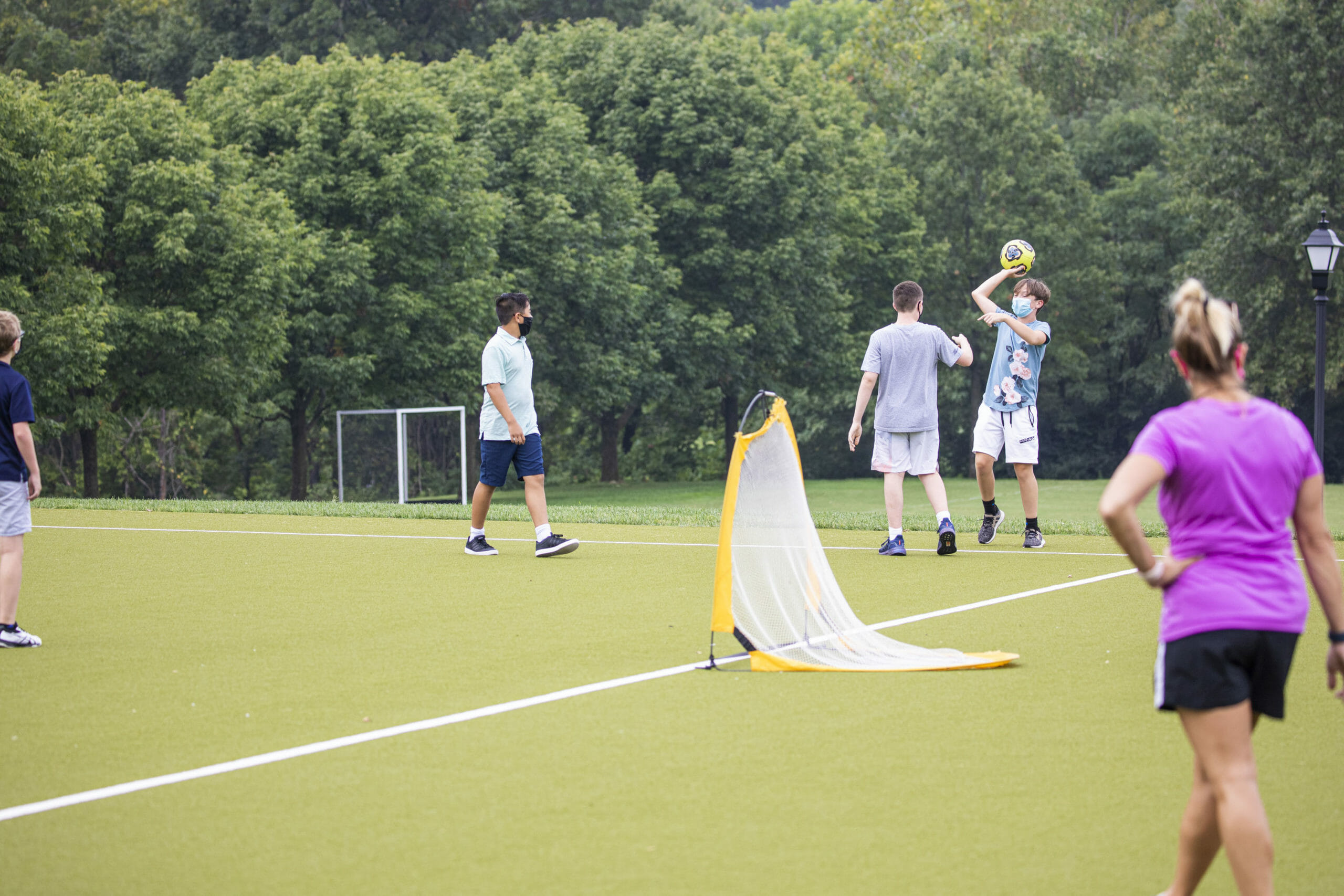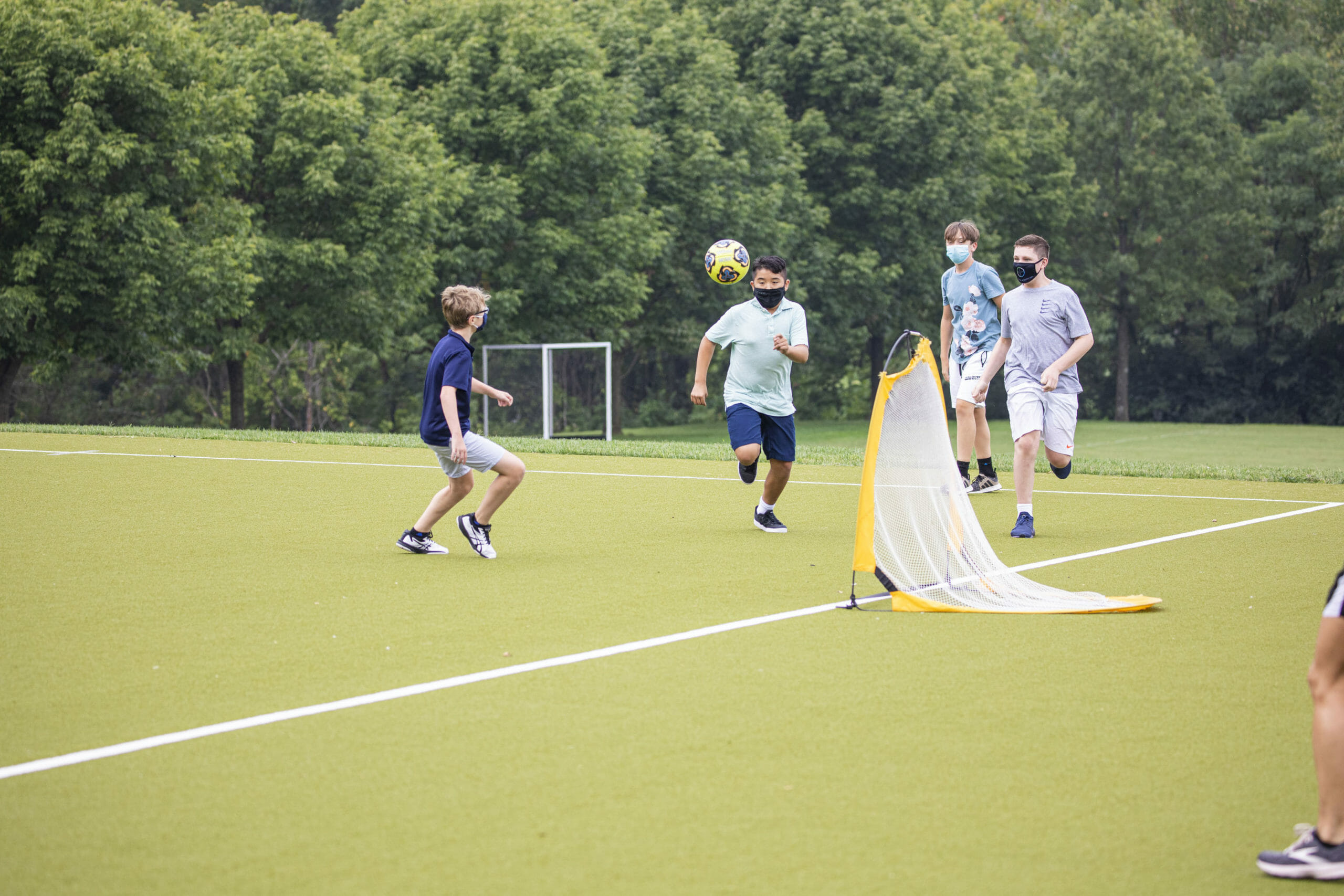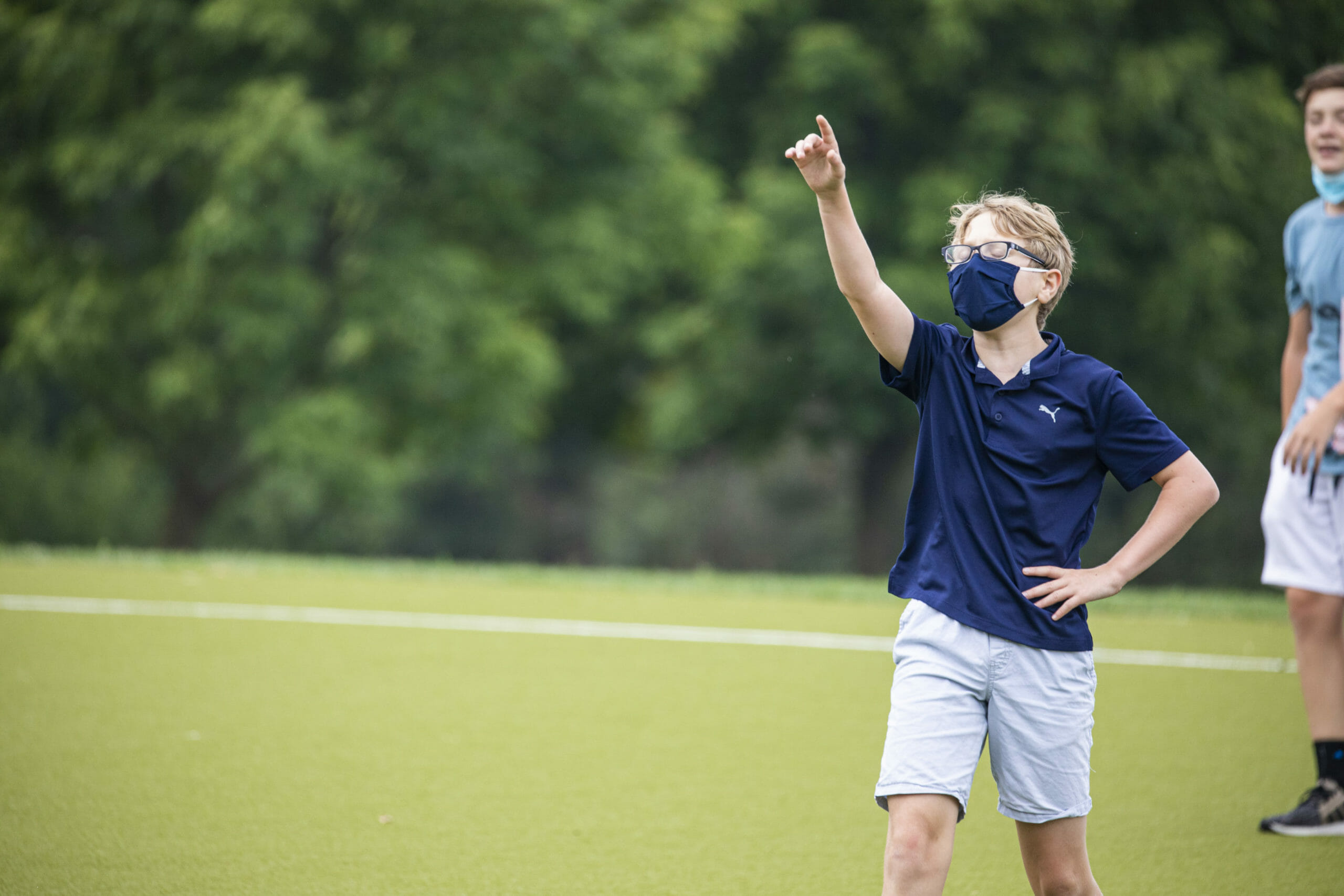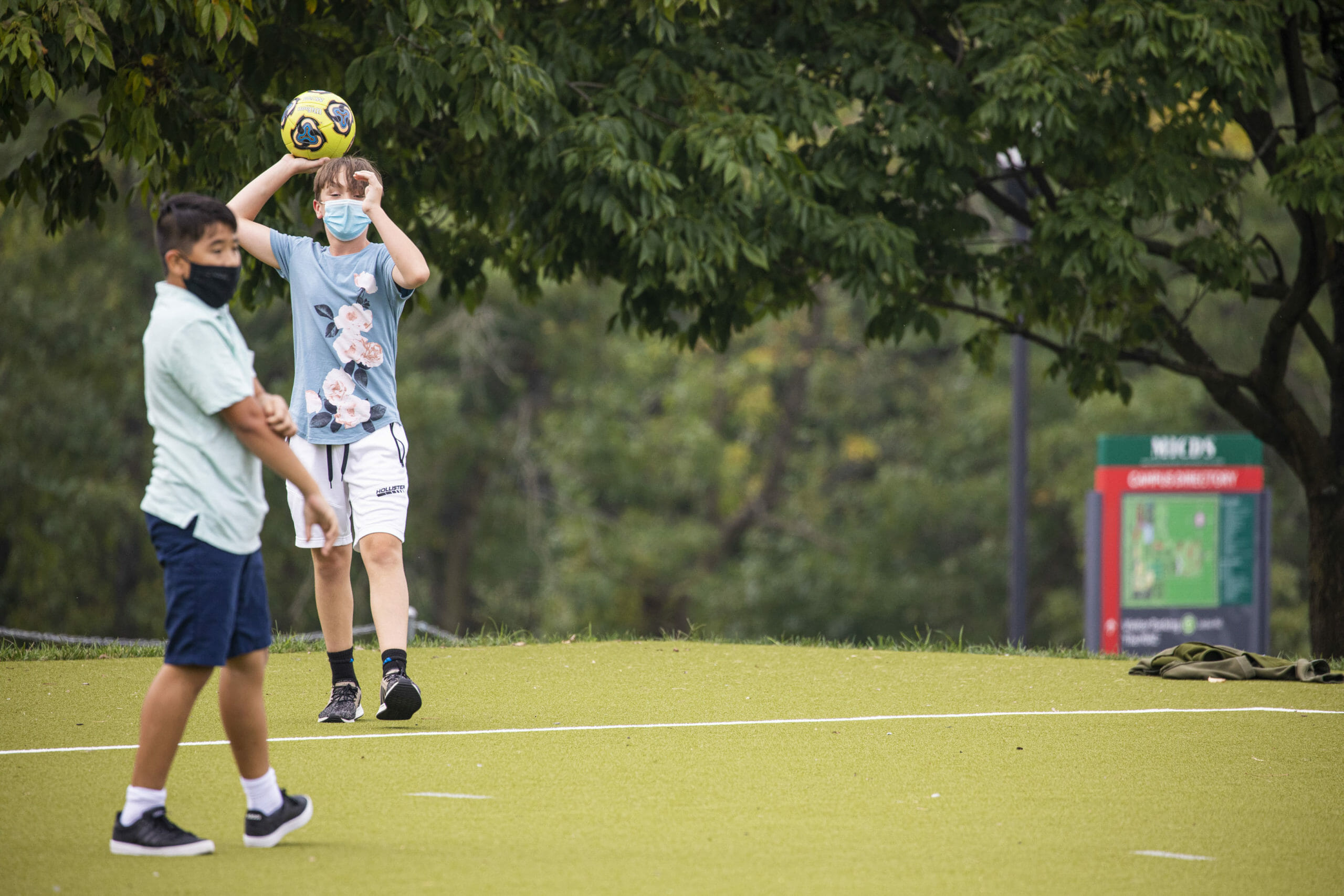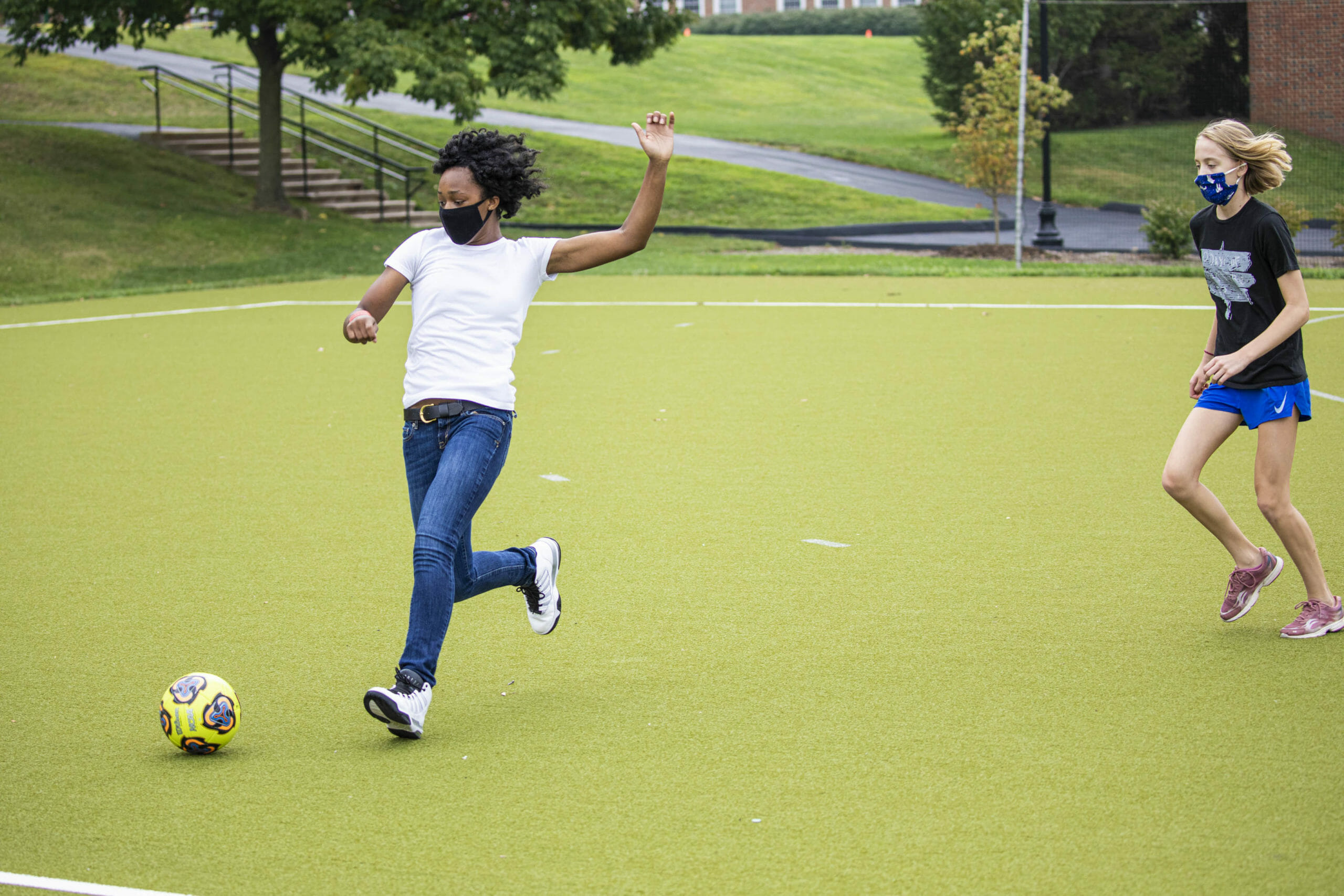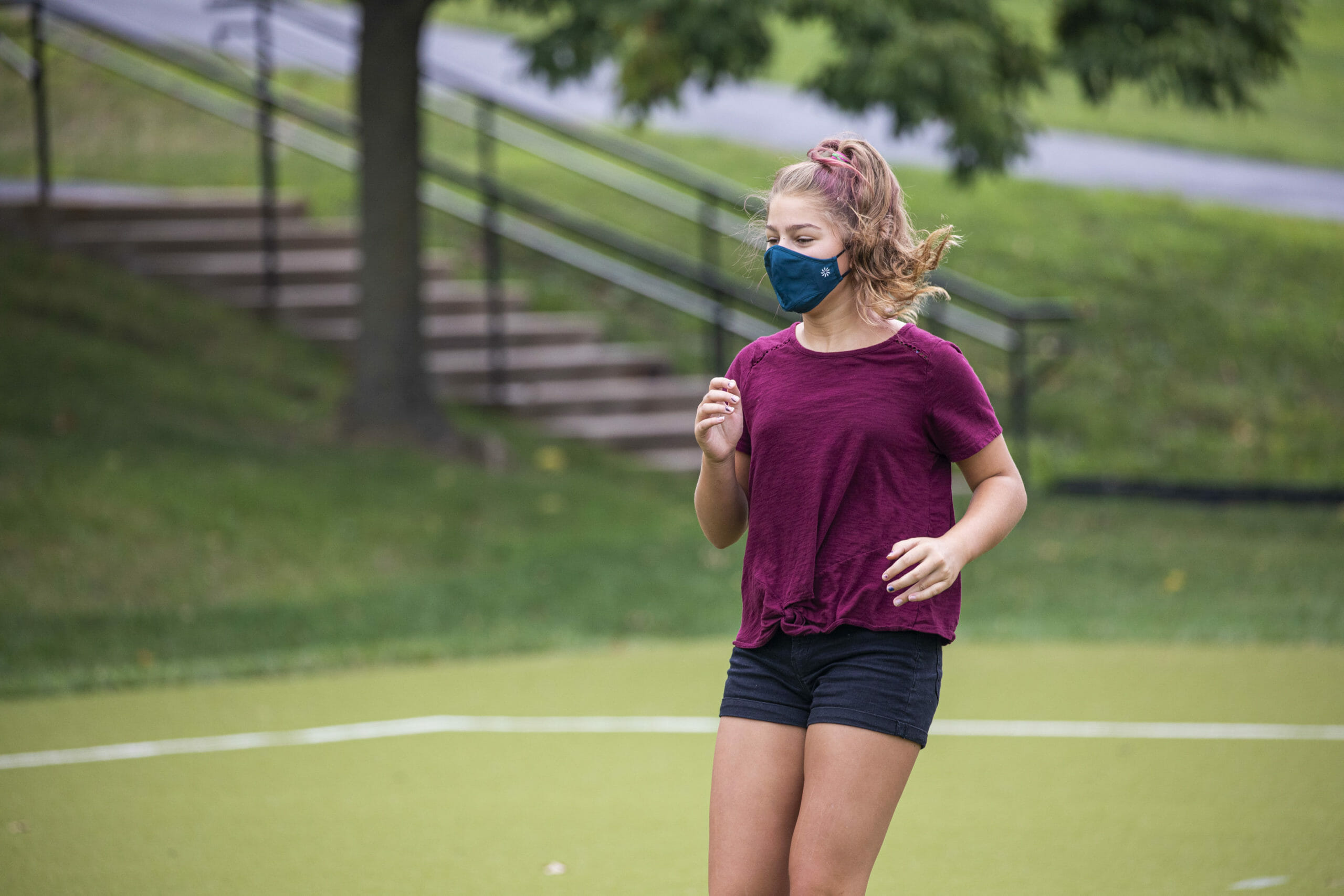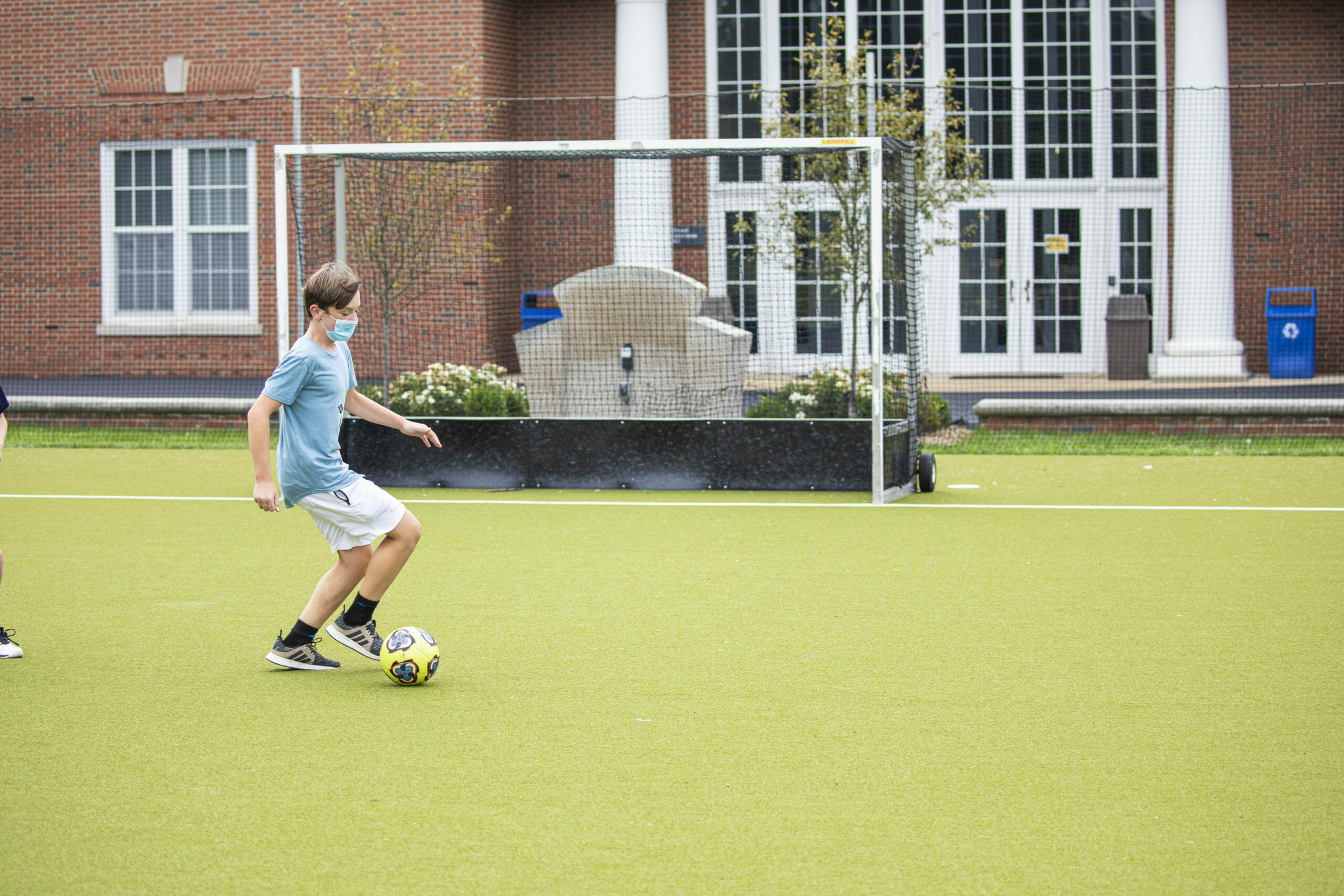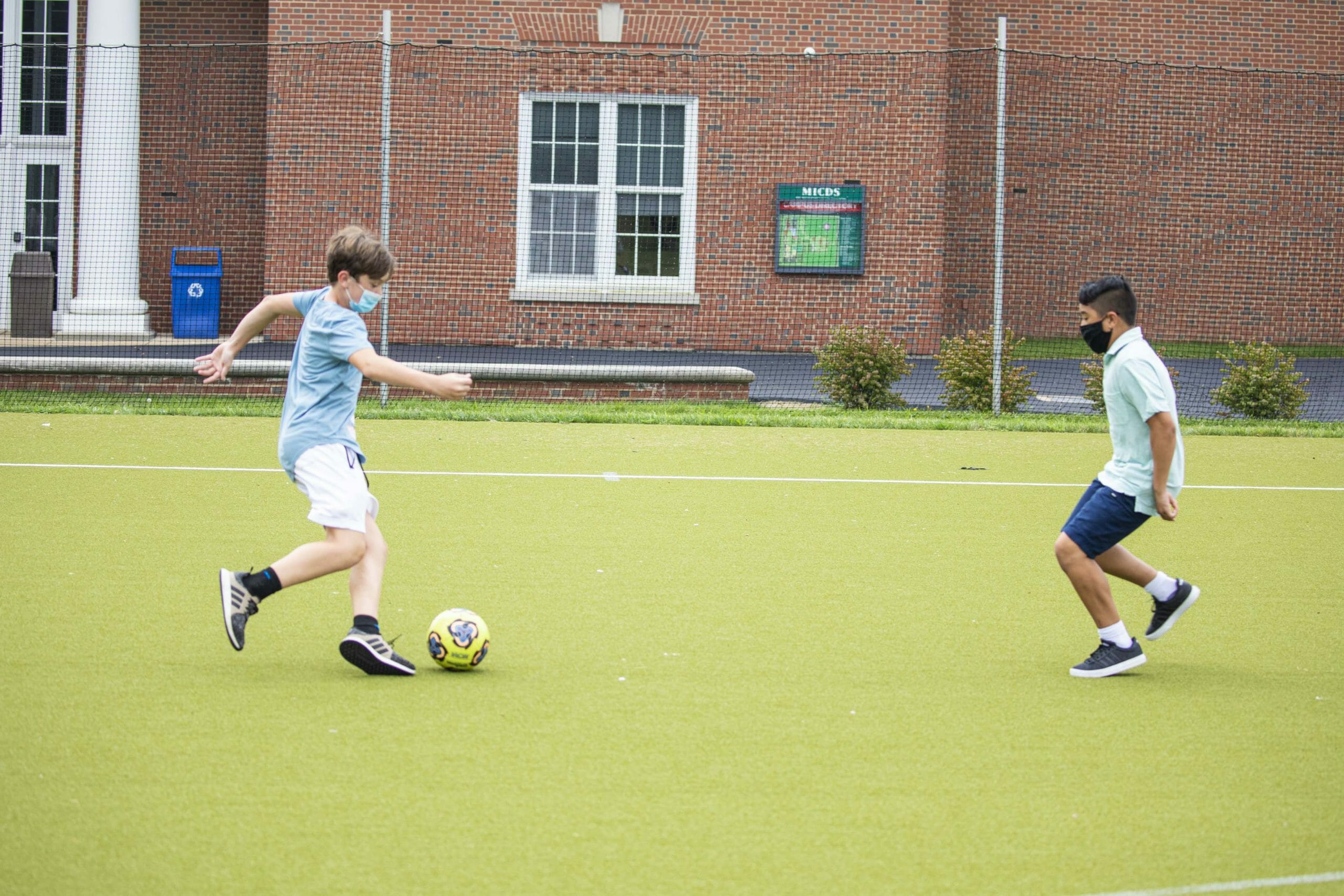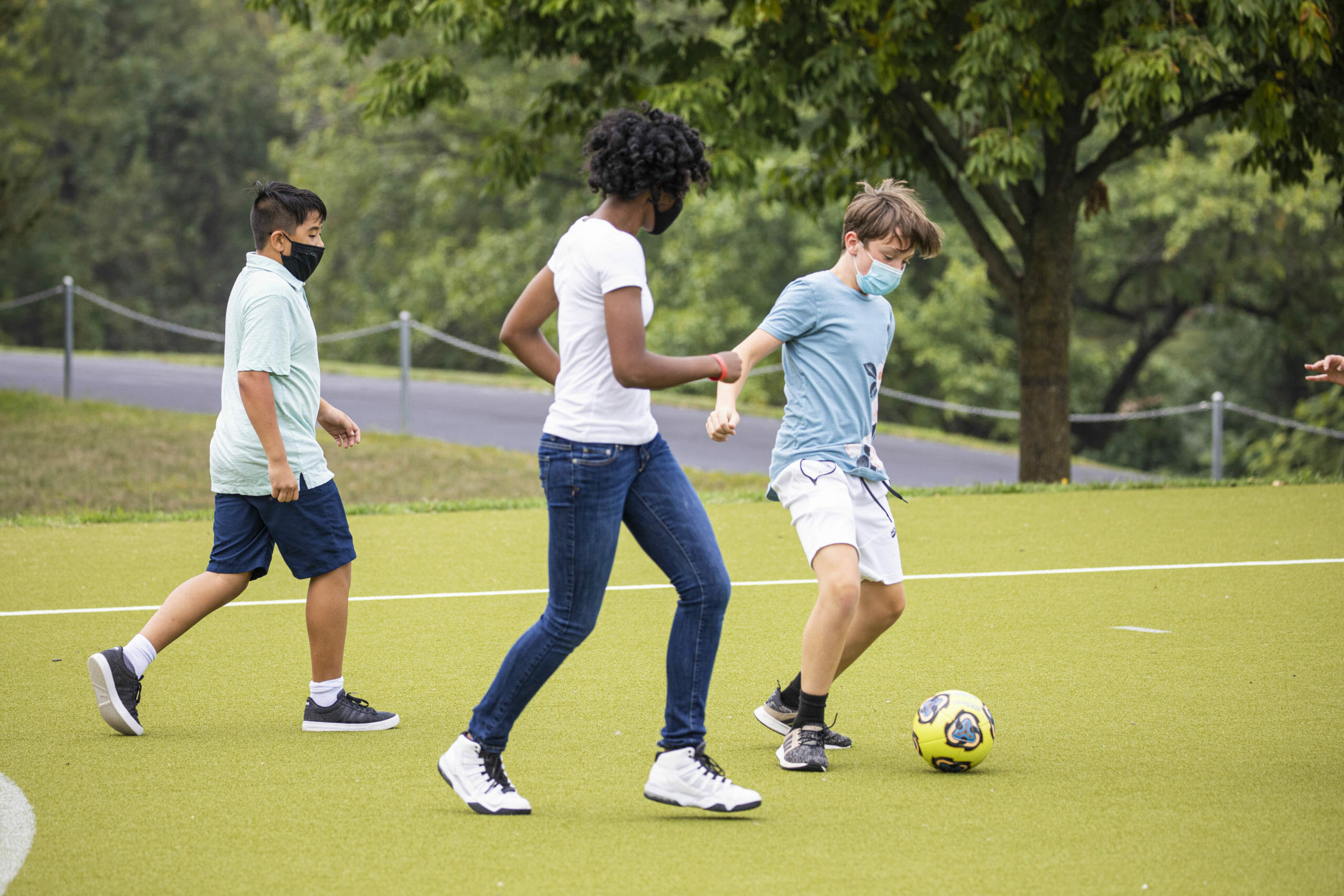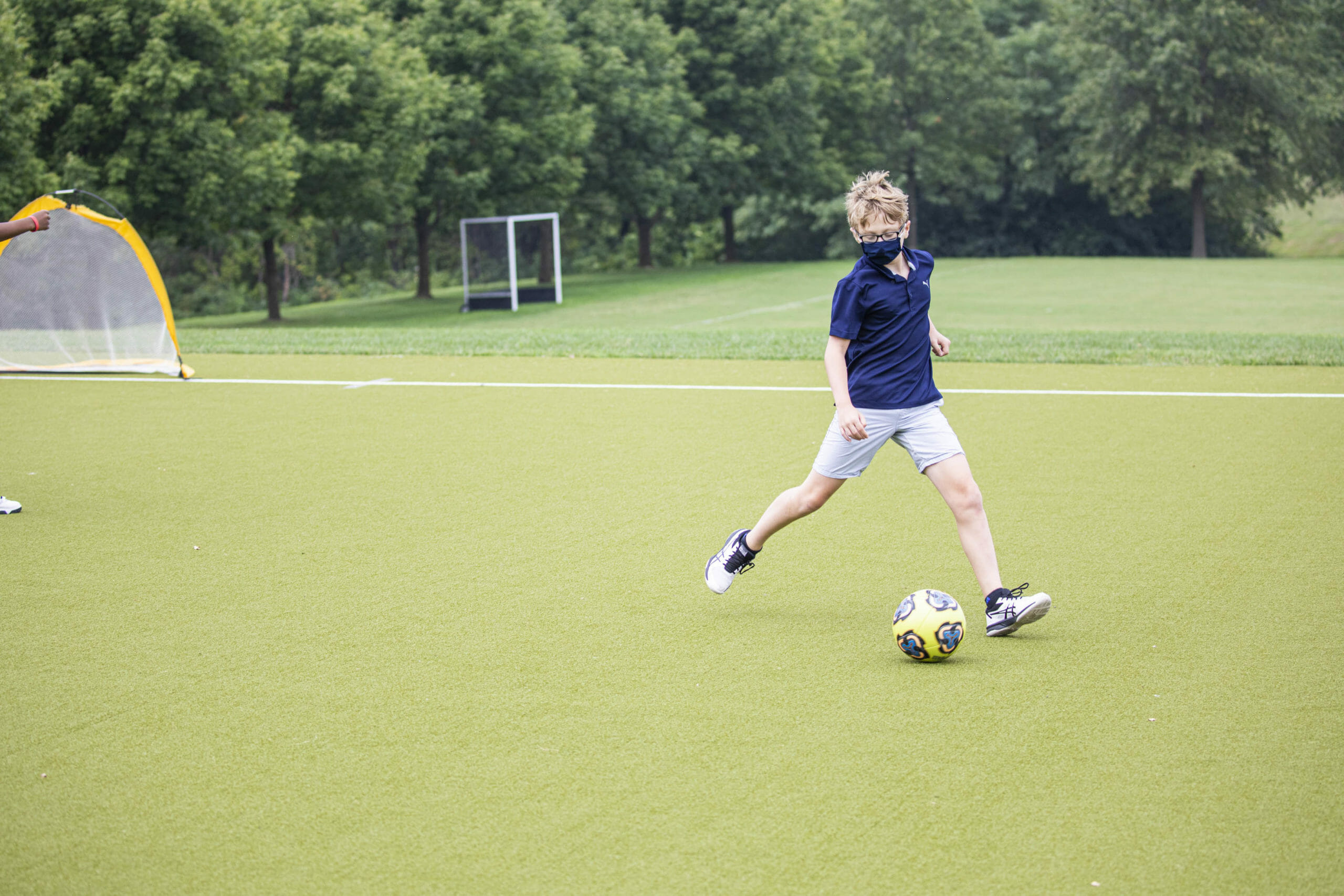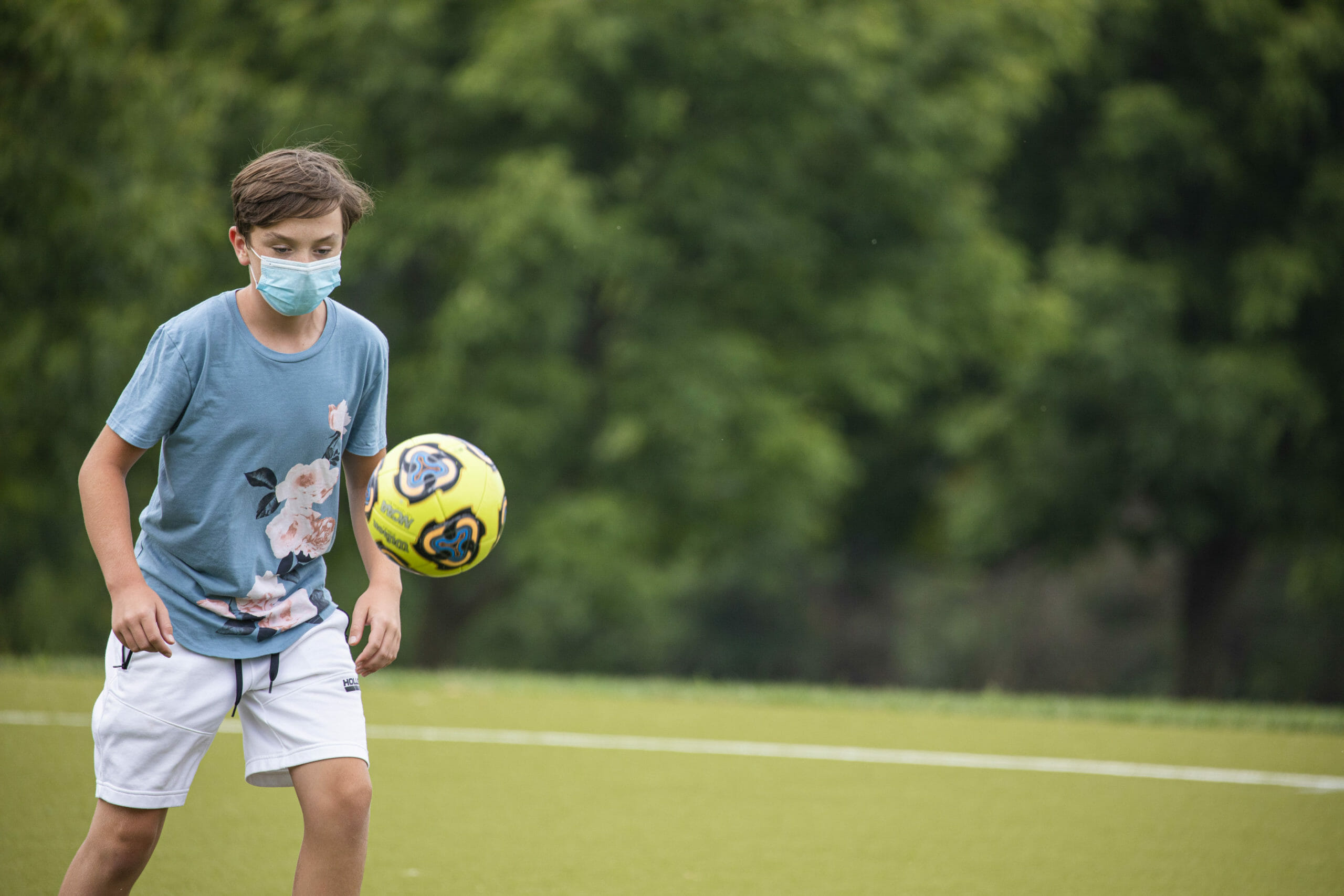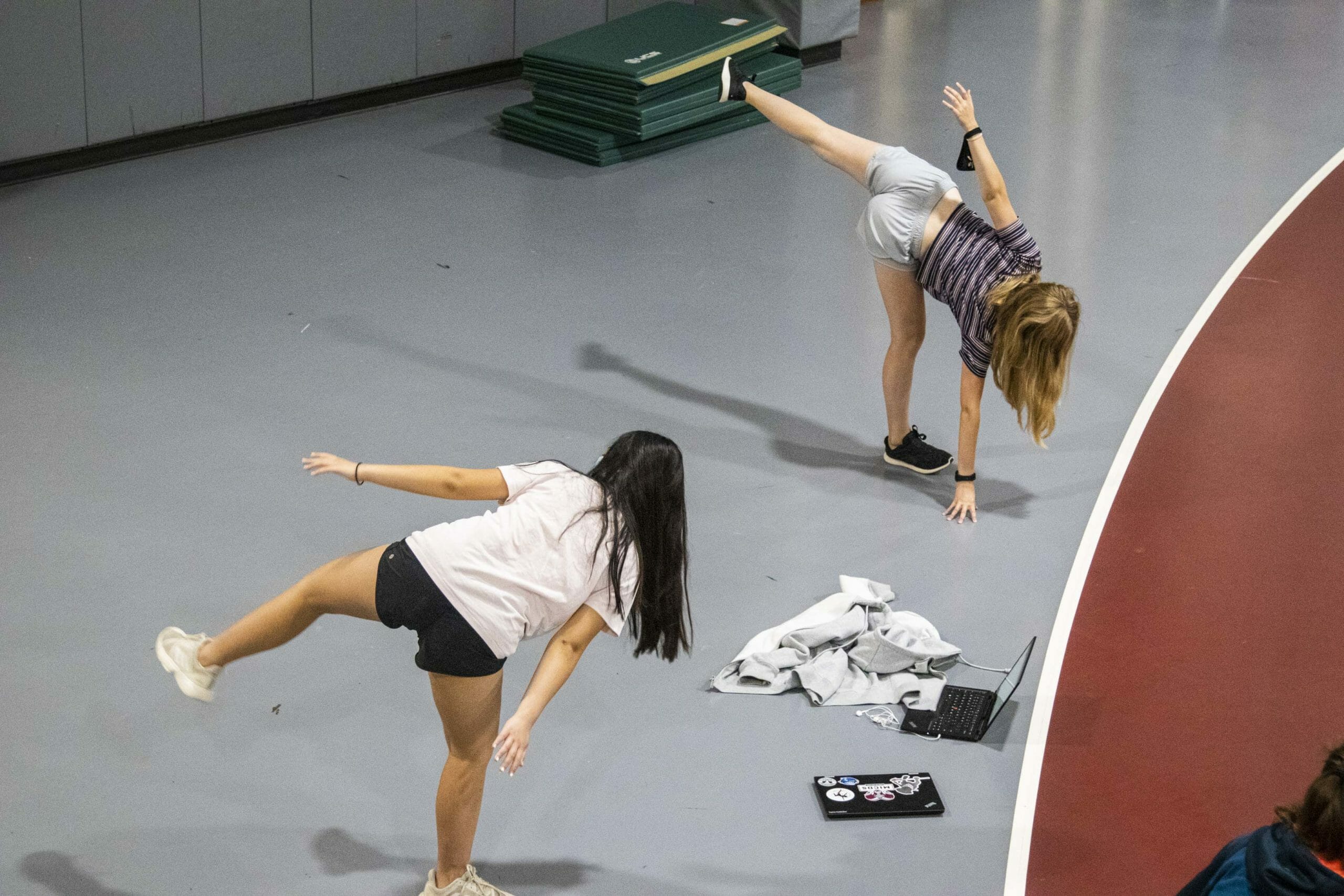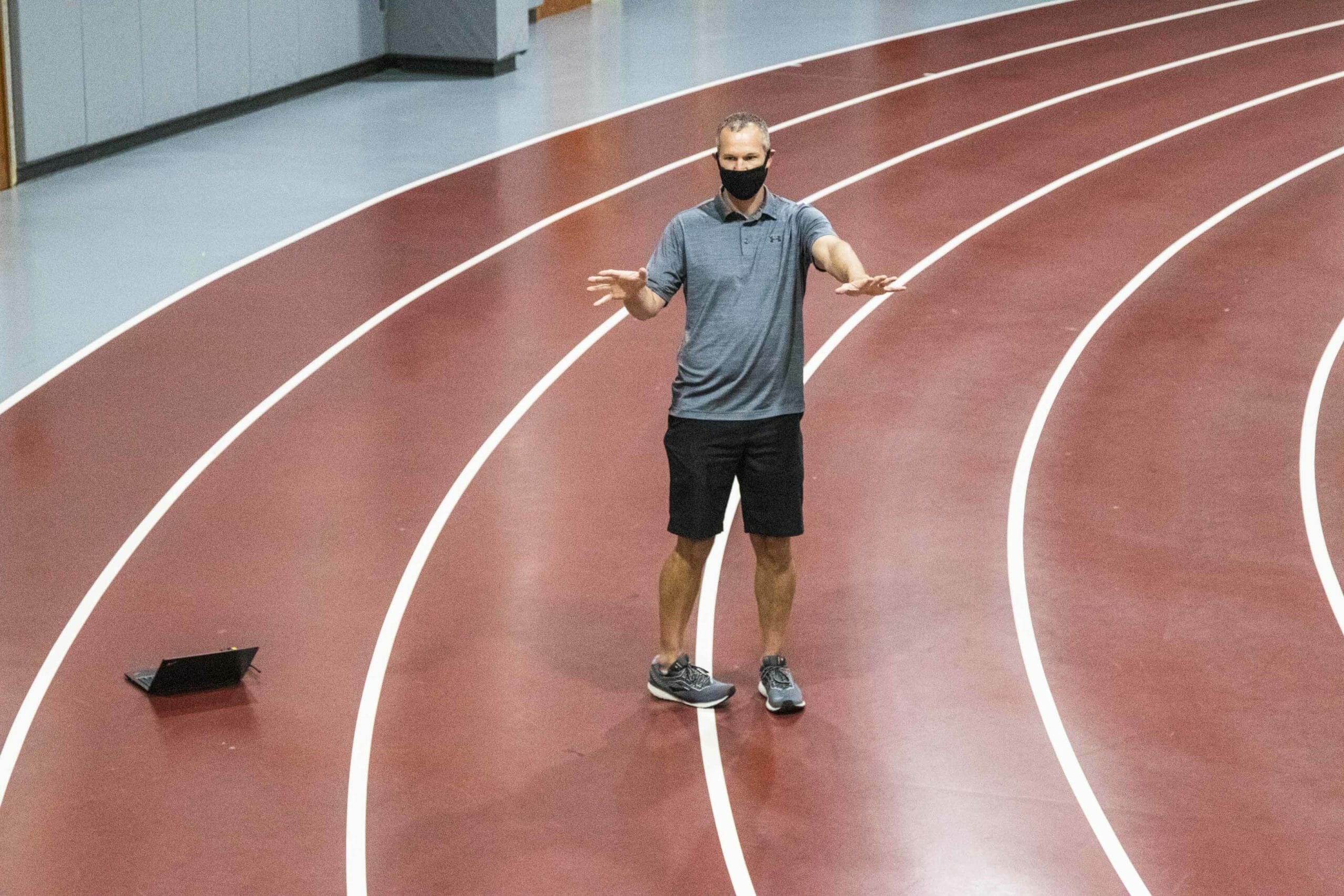Middle School students returned this fall to a unique physical education curriculum, in both online and in-person formats, thoughtfully developed by Physical Education Department Chair Eric Lay and the talented educators in the department.
Lay shared some insight into the program: « It’s important to understand how students are assessed in P.E. class. All students have access to their assessment spreadsheet, and faculty and students work collaboratively to assess movement skills and competencies and cognitive skill development as the semester progresses. Grades are standard-based, and all students start with a score of ‘1’ at the start of the semester since they haven’t proven their learning yet. As students improve their skills and progress their learning, the scores change accordingly. Students assess their own comfort and competence in performing various physical activities, and their teachers weigh in with their assessment, too. It’s a collaborative process which gives students a sense of agency and personal responsibility for their own physical education development. »
The movement assessments focus on how well students can perform movement exercises, such as squats and planks, with proper technique and form. Students learning from home watch a video demonstration of the exercise and then practice the movement until they feel they are doing it properly and with the repetition required. Then, they take a video of themselves doing the exercise and submit it for their teacher’s review. The teachers do take environmental factors into consideration, and thus distance learners and teachers collaborate to make adjustments and individualized movement skill assessments as needed. On-campus learners receive in-person instruction on the movement skills and feedback on their progress. All students are learning the same skills concurrently, just in different environments. Watch some of the student movement assessment videos below!
The P.E. curriculum also focuses on cognitive skill development, and the concepts covered usually connect to the movement skills. For example, as students engage in plank exercises, cognitive skill development may focus on why it is important to have a strong and stable abdomen. Health and fitness topics are also covered, as well as teamwork and leadership concepts. Students learn about the importance of self-awareness, hard work, focus, and problem-solving. The assessment process is all managed in the assessment spreadsheet with students answering questions and the teacher providing feedback until the full concept is understood.
All P.E. daily lessons – online or on-campus – start with joint mobility exercises. Middle and Lower School P.E. Teacher Summer Beasley developed an anti-sitting routine. The five-minute routine includes heel raises, arm circles, torso twists, quad stretches, a lunge series, and more! Lay said, « Summer Beasley put together the joint mobility routine to combat sitting too long, and she did a wonderful job with it. Anyone who really knows how the human body should move would be thrilled that we are having students perform these movements every day. The routine focuses on maintaining mobility in the ankle, hips, and shoulders. If any of those areas lose mobility, problems start to pop up. It also promotes balance and stability – both are much needed when you are sitting for long periods of time. »
Below is a video of Beasley demonstrating the anti-sitting joint mobility routine. So what are you waiting for? Get moving and have fun!
